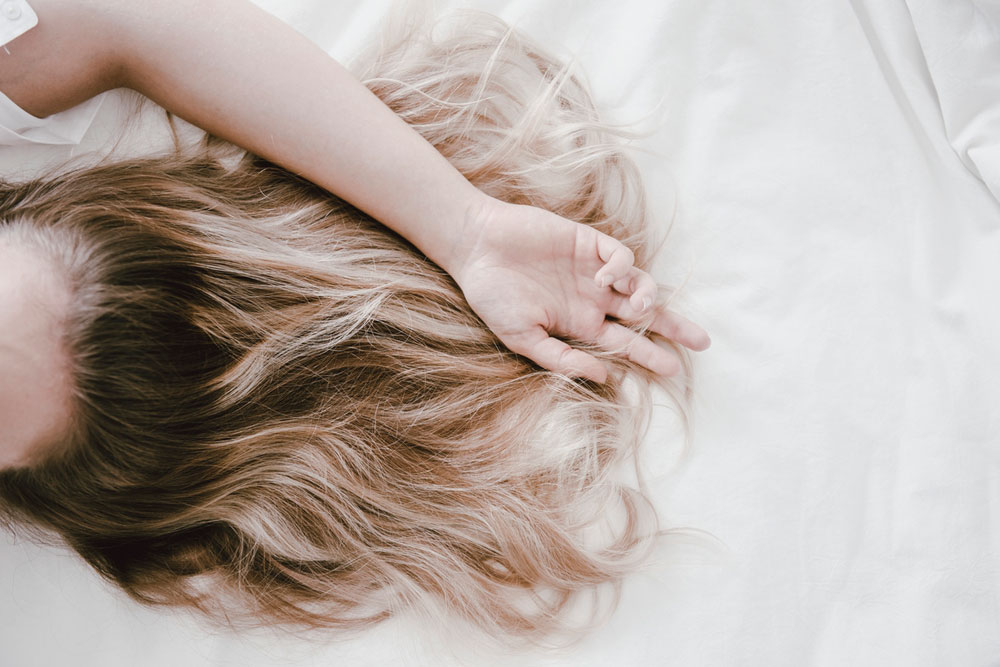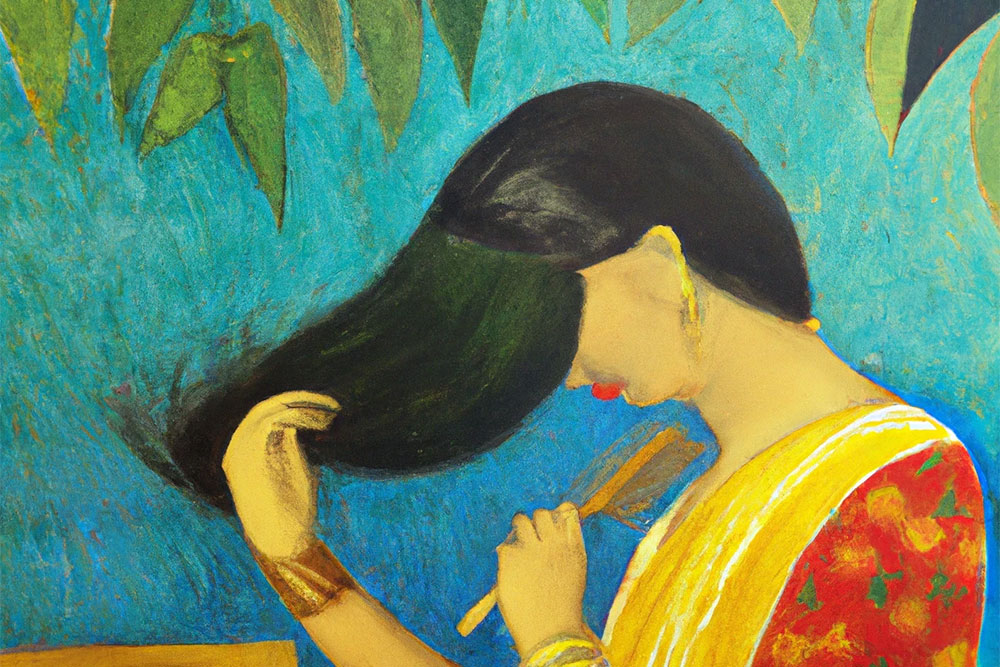Pulling Out Your Hair? You May Have Trichotillomania
Published on June 28th, 2018
Updated on January 6th, 2024

If you find yourself pulling out your hair then you may be suffering from trichotillomania. Pulling out your hair is not a typical way a person manages stress. While occasionally fussing with hair is normal, pulling your hair out can be a sign of a mental health disorder.
Trichotillomania is also known as hair-pulling disorder. It is a disorder in which an affected person pulls out their own hair. This hair-pulling behavior is compulsive. It is can be triggered by stress or other uncomfortable emotions. People with trichotillomania struggle to control the urge to pull out their hair.
When someone with trichotillomania pulls out their hair they feel relief. It eases uncomfortable emotions, like:
Sponsored by

Choose a therapist to work with and start healing with 20% off from BetterHelp.
Click Here- Frustration
- Anger
- Hurt feelings
- Depression
- Anxiety
- Sadness
It is a self-soothing method that develops over time but does cause damage to the affected areas. Areas of the body that are often damaged by hair-pulling behaviors include:
- The head
- Eyebrows
- Eyelashes
- Face
- Arms
- Pubic area
A person with trichotillomania may or may not be aware of their hair-pulling in the moment. It is not uncommon for an affected person to pull out their hair unconsciously. They may or may not realize they are pulling out their hair until they see clumps in their hands or on the floor. This causes the condition to be difficult to define. Education and treatment can help a person address their issue. It can help them learn how to manage their condition.

Warning Signs of Trichotillomania
People with trichotillomania will show signs of their condition through their behaviors. They may be constantly or habitually playing with their scalp or body hair. They may also struggle to resist the urge to pull out their hair. A person with trichotillomania may develop sores on their head or in other places where they are pulling out their hair. They may also have bald spots and thinning hair in affected places. This can be embarrassing for an affected person, which causes issues with self-esteem and confidence.
A person with trichotillomania may wear hats or take other measures to hide their hair loss. They may take efforts to hide their habits like throwing away clumps of hair or wearing hats while indoors. A person with trichotillomania may suffer from anxiety or mood swings. They may also withdraw from family and friends if confronted about their behavior or noticeable hair loss or bald spots.
Symptoms of Trichotillomania
Symptoms of trichotillomania can surface at any time, but most often occurs during early adolescence. Sometimes young kids and babies pull at their hair but typically grow out of this habit with time. If the behaviors start at or persist into adolescence, the child may be suffering from trichotillomania.
There are different symptoms of trichotillomania. People with trichotillomania will struggle to resist the urge to pull out their hair. They will also struggle to stop the behaviors without professional help.
Symptoms of trichotillomania are uncomfortable and affect a person’s self-esteem. They are difficult to manage due to their compulsive nature.
Symptoms of trichotillomania include:
- Difficulty handling stress or anxiety without pulling hair
- A recurring habit of pulling out hair
- Difficulty resisting the urge to pull at their hair
- Repeated attempts to stop hair pulling behavior
- Having work or school performance suffer as a result of hair pulling
- Struggles with socializing due to hair pulling
- Impulse control issues
- Unconsciously pulling out hair
- A habit of inspecting, chewing, or eating hair
- Denial and shame about the behavior
- Efforts to hide or conceal sores and bald patches
- Hair loss that is not due to a medical issue
Co-occurring Mental Health Disorders
There are mental health disorders that can co-occur with trichotillomania. A co-occurring disorder is a disorder that happens along with another disorder. Common disorders that co-occur with trichotillomania include:
- Obsessive-compulsive disorder
- Body dysmorphic disorder
- Depression
- Excoriation disorder
- Anxiety
Treatment Options For Trichotillomania
The goal for the treatment of trichotillomania is to minimize the habit of hair-pulling. This can be done by teaching an affected person healthy stress management skills. They will also learn habit reversal skills.
Cognitive therapy is used to help a person learn healthy coping skills for stress. It helps a person understand their thoughts and feelings. It also teaches methods of identifying and correcting errors in thinking. This lessens the intensity of negative feelings and helps a person manage their stress.
Habit reversal training is also used to help treat trichotillomania. It helps an affected person be more aware of their behaviors. It also teaches them how to redirect their behaviors to something that is less self-destructive than pulling out their hair.
Medication may be recommended in some cases of trichotillomania. While medication can help, it cannot cure the condition. It is important for a person with trichotillomania to participate in therapy to learn how to manage their condition.
Sponsored by

Find an affordable therapist online with 20% off from BetterHelp.
Click Here






Leave A Reply